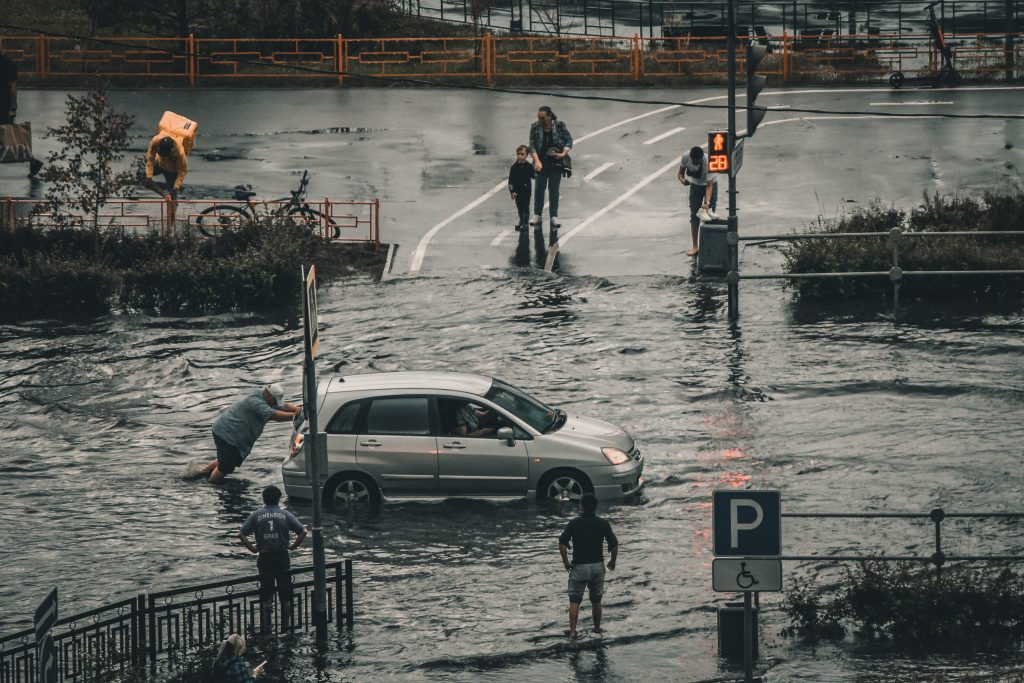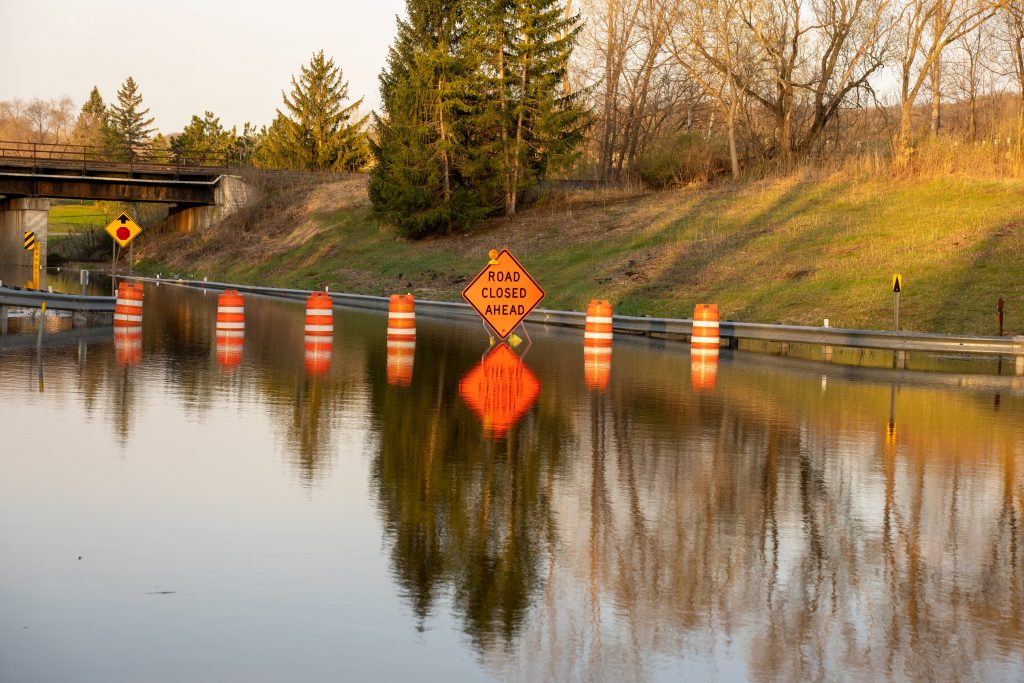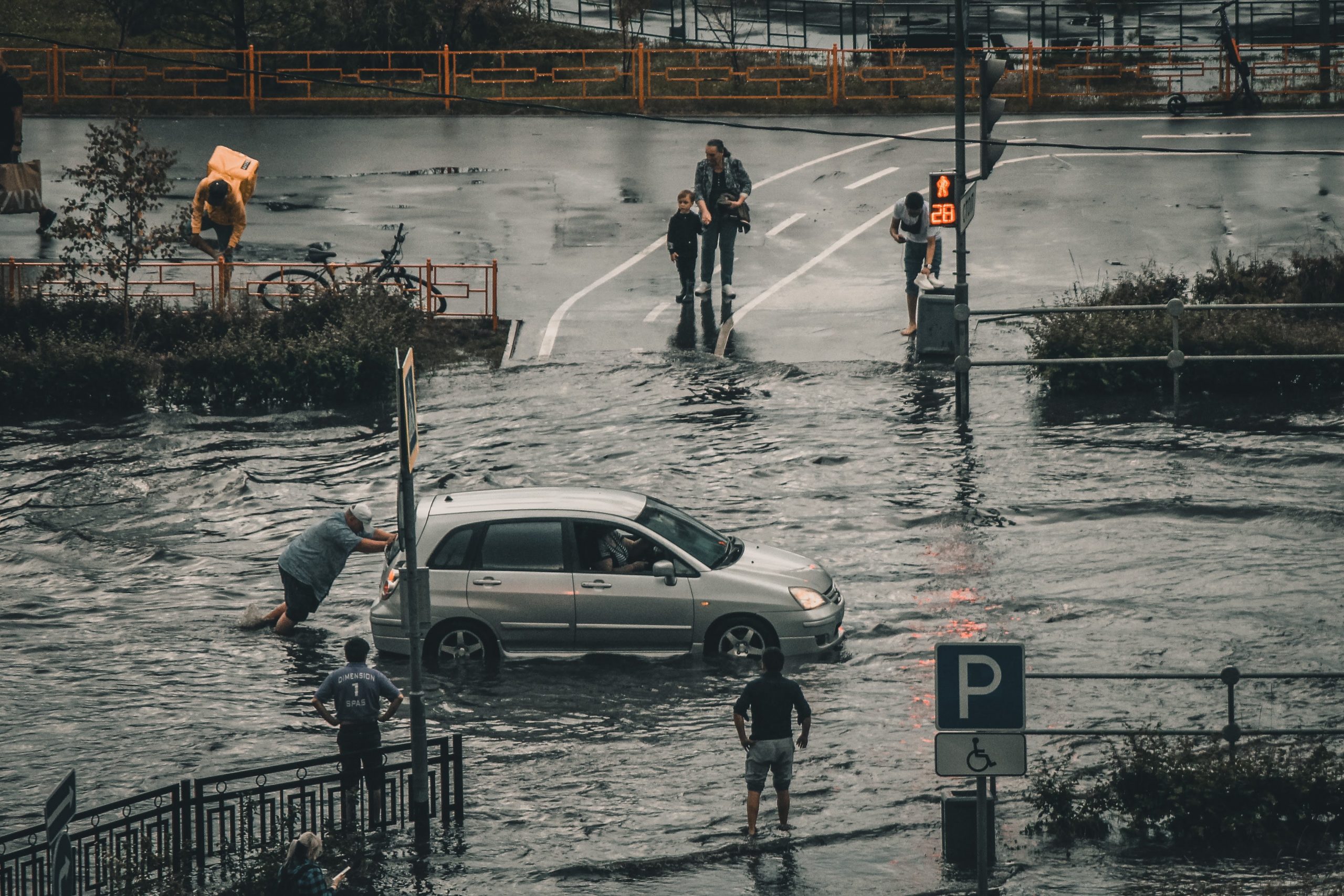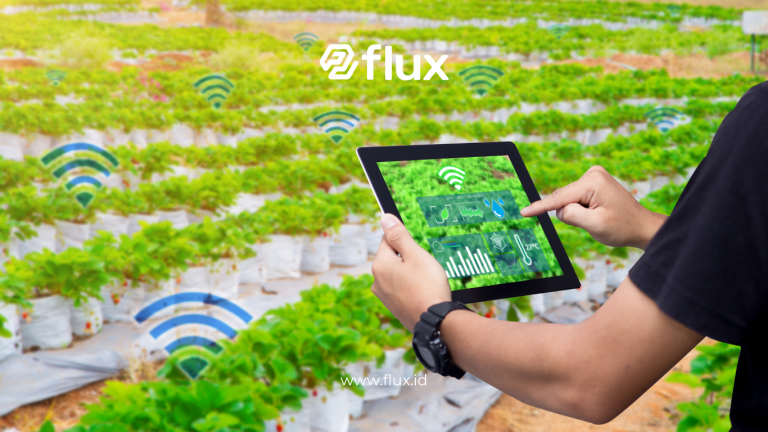Don't miss our holiday offer - 20% OFF!

Read also : Enhancing Flood Management with Camera Sensors and Imagery
Floods are one of the most frequent and highly destructive natural disasters worldwide. In recent decades, the impact of floods has exacerbated due to climate change and rapid urbanization. Therefore, it is crucial to employ more effective and advanced methods for early flood detection and management. The Internet of Things (IoT) technology has opened new avenues in this regard with the deployment of revolutionary IoT sensors. This article will explain how the utilization of IoT sensors for early flood detection is changing the paradigm of disaster management.
Contents
IoT Sensors: Bridging the Gap in Flood Detection
Most traditional methods for flood detection involve manual high-water level measurement and weather monitoring. However, these approaches are often less responsive and inefficient in providing early warnings, which are crucial for preventing human and material losses. IoT sensors have brought innovation to flood monitoring in the following ways:
Accurate Water Level Measurement

Read also : Water Sensor Technology for Flood Monitoring: How These Sensors Work to Predict and Prevent Flood Disasters
IoT sensors installed in rivers, canals, and flood-prone areas provide real-time and accurate water level measurements. This information is sent to monitoring platforms and can be accessed by decision-makers instantly, enabling them to respond quickly when water levels begin to rise.
Real-Time Weather Monitoring

Read also : Monitoring Navigasi Buoy Laut dengan fluxTrack
Weather sensors connected to IoT networks continuously provide updated weather data. This data aids in predicting weather conditions that could potentially lead to floods, such as heavy rain or storms, allowing preventive measures to be taken earlier.
Early Warning Systems

Read also : Flood Monitoring Systems: Implementing IoT Sensors for Securing Vulnerable Areas
With the assistance of IoT sensors, early flood warning systems can be automatically activated when conditions approach dangerous thresholds. This allows for early evacuation and other safety measures to protect lives and property.
Conclusion
The utilization of IoT sensors for early flood detection has transformed how we manage and address this disaster. This technology enables us to detect potential floods more accurately, provide early warnings, and respond faster than ever before. With this technology, we have an effective tool to protect human lives and reduce material losses caused by floods. In the coming years, we can expect further developments in the utilization of IoT sensors to help change the overall disaster management paradigm, ultimately reducing the adverse impact of floods and safeguarding communities from this threat.





